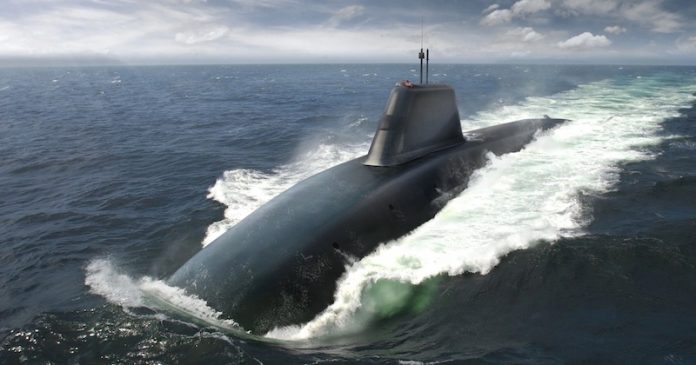In a recent report, experts discuss the necessity for the Royal Navy to expand and modernise its submarine fleet to maintain its strategic edge. The report, ‘A More Lethal Royal Navy: Sharpening Britain’s Naval Power‘ by William Freer and Dr. Emma Salisbury, outlines the current state of the Royal Navy’s submarine fleet and provides key recommendations to enhance its capabilities, UK Defence Journal reports.


